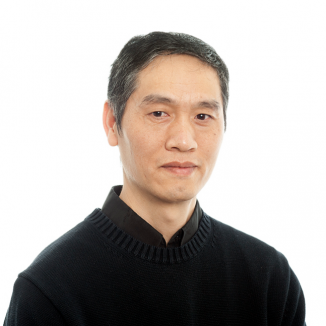Main Menu (Mobile)- Block
- Overview
-
Support Teams
- Overview
- Anatomy and Histology
- Cryo-Electron Microscopy
- Electron Microscopy
- Flow Cytometry
- Gene Targeting and Transgenics
- High Performance Computing
- Immortalized Cell Line Culture
- Integrative Imaging
- Invertebrate Shared Resource
- Janelia Experimental Technology
- Mass Spectrometry
- Media Prep
- Molecular Genomics
- Primary & iPS Cell Culture
- Project Pipeline Support
- Project Technical Resources
- Quantitative Genomics
- Scientific Computing
- Viral Tools
- Vivarium
- Open Science
- You + Janelia
- About Us
Main Menu - Block
- Overview
- Anatomy and Histology
- Cryo-Electron Microscopy
- Electron Microscopy
- Flow Cytometry
- Gene Targeting and Transgenics
- High Performance Computing
- Immortalized Cell Line Culture
- Integrative Imaging
- Invertebrate Shared Resource
- Janelia Experimental Technology
- Mass Spectrometry
- Media Prep
- Molecular Genomics
- Primary & iPS Cell Culture
- Project Pipeline Support
- Project Technical Resources
- Quantitative Genomics
- Scientific Computing
- Viral Tools
- Vivarium


Biography
Shixin Yang received his Ph.D. in physics from Institute of Physics, Chinese Academy of Sciences in 2000. His Ph.D. studies focused on developing new methods to solve the structure of 2D crystal proteins. He joined professor Egelman’s lab as a postdoc and was responsible for determining the structure of different protein-DNA complexes that form both helical filaments and single particles, for setting up PC and BEOWULF cluster and for maintaining hardware and software in his lab. He moved to professor John Trinick’s lab in University of Leeds and investigated the regulation mechanism of cardiac thin filaments using the technique of TEM and 3D reconstruction. In 2010, he joined professor Roger Craig’s lab as a senior research scientist to study the structure of tarantula thick filaments and smooth muscle myosin II molecules using both negative staining and CryoEM method. His research interests focus on high-resolution data collection, data processing, developing new image processing method and determining the structure of macromolecular complexes.
